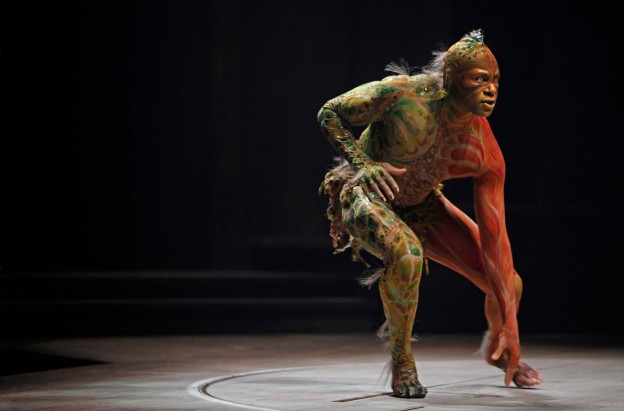Magic plays a big role in Shakespeare’s The Tempest as the protagonist Prospero uses magic to conjure the eponymous tempest which stirs the play into motion.
During Shakespeare’s time, magic was divided into two camps, white magic and black magic. The former was thought to be beneficial and healing, while the latter was meant for harm and practiced by witches. People believed that witches had minions or animals that would do their bidding for them, the actual deliverers of the black magic. White magic operated much like totems or charms which could ward off evil. So called magicians would sell their wares, promising immunity, good health, and other miscellaneous effects. In place of science, people relied upon magic to cure them of ailments and to wish for good fortune. When tending to medical wounds, magic was often used to try and cure the ailment. One cure for headaches involved taking a lock of one’s hair, boiling it in one’s urine, then boiling the entire thing over fire.




